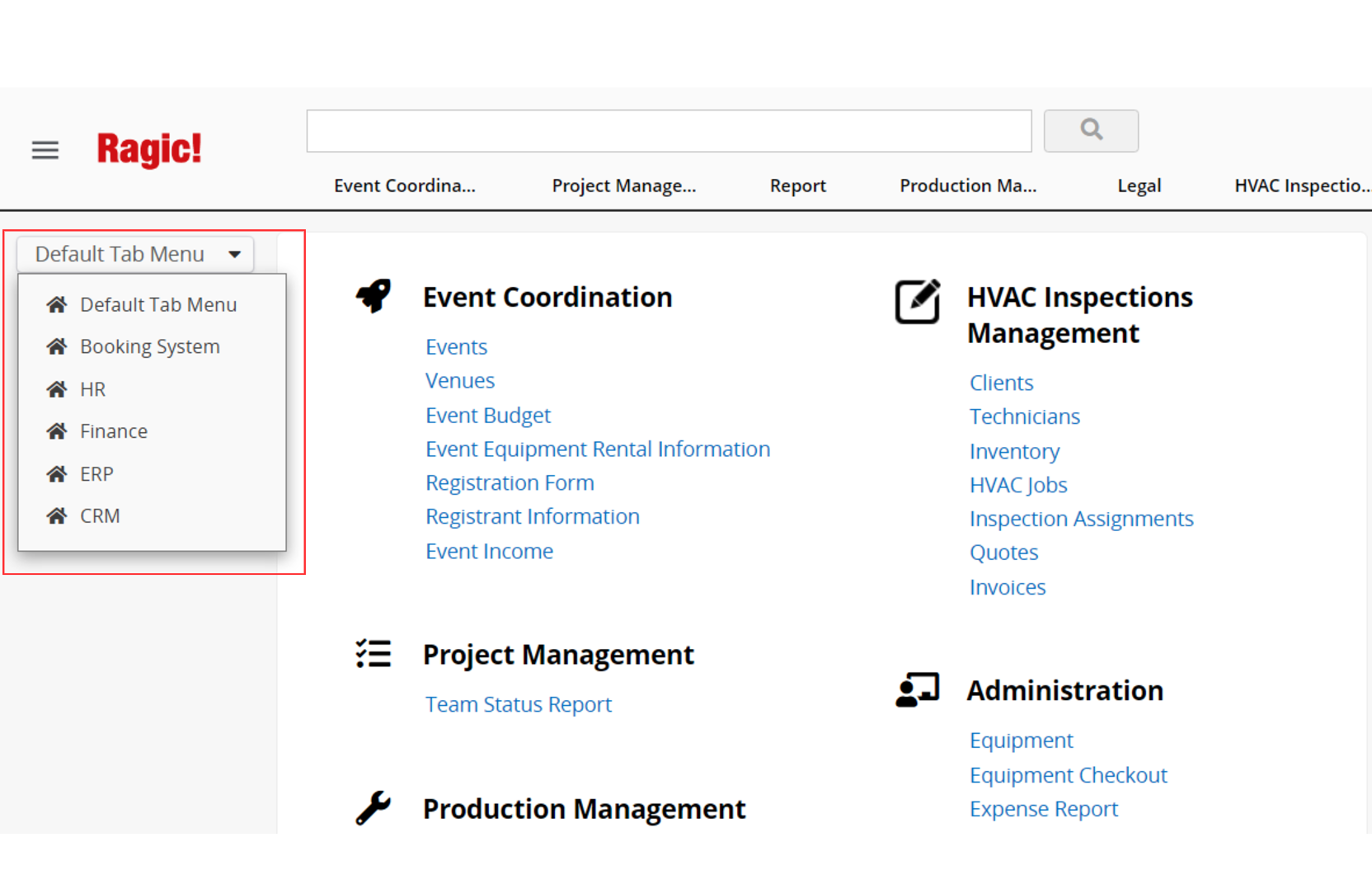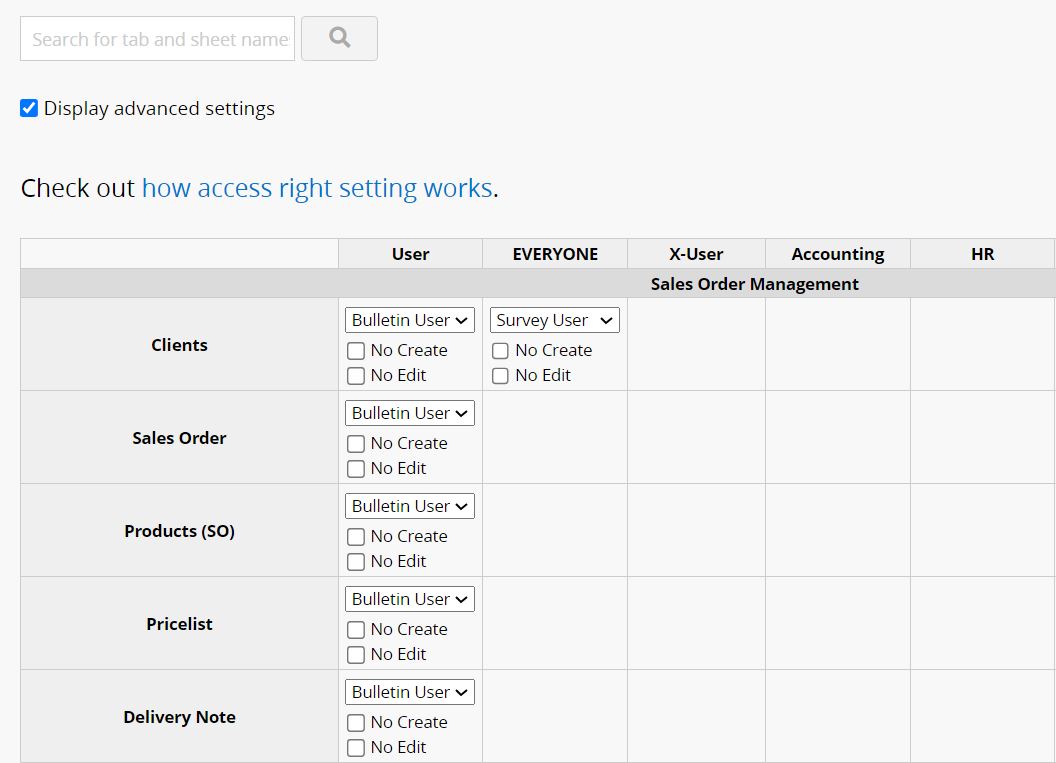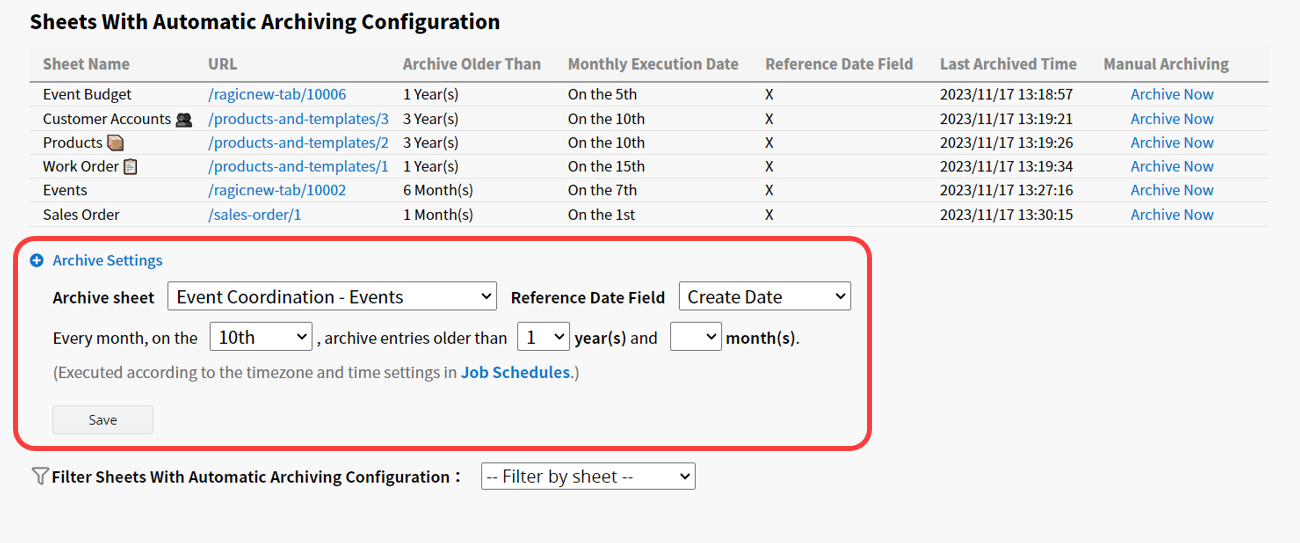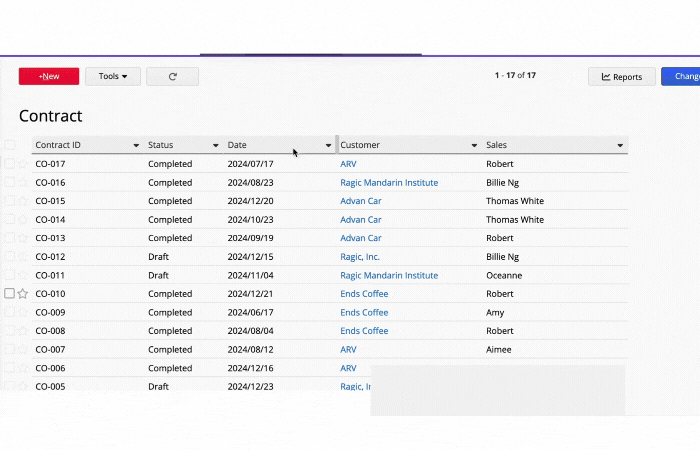How Ragic Is Built to Handle Your Company’s Massive Data Needs

When choosing a system for your company, two big questions often come up: How will the system handle mountains of data, the kind that would make Excel crash? And how smooth will the experience be when managing a lot of sheets?
Many small to medium-sized businesses rely heavily on Ragic for their entire operations—ERP, CRM, document management, issue tracking, you name it. For these businesses, everything happens on Ragic, often resulting in a massive number of sheets and an enormous amount of data. Then there are companies with high transaction frequencies, for example, e-commerce selling makeup or stationary, most of the time, B2C focused companies. Even if they only use Ragic solely for Sales Order Management, generating hundreds of orders daily quickly adds up, creating a mountain of entries to manage. Different company circumstances often lead to one thing in common: demanding requirements for a system.
As Ragic continues to grow, we’ve continuously listened to feedback from users in these situations, especially power users who live and breathe Ragic, with hands-on experience managing their workflows and a deep understanding of the platform. These insights have led to enhancements in existing features and the development of new ones, which we’ll discuss in this article, ensuring that even with demanding requirements, using Ragic remains a pleasant experience.
If you are using Ragic for everything, hence, the many sheets….
1. Hide Sheet
As an SYSAdmin, there are times when you have sheets for data relationships that users don’t need access to. Maybe you’re still developing a sheet and need time to finish it, or it's an old sheet from a previous workflow that’s no longer active but you want to keep the records. In these cases, you can hide the sheet to keep your database clean and organized for users.
2. Customized Homepage for Each Tab Menu
This feature is especially helpful for companies with a large workforce and multiple departments. But even if you're a small company—or even just an individual—working with many sheets, it’s just as useful. You can create a tab menu for each topic you're handling in Ragic and organize your homepage accordingly. Arrange the relevant sheets so you can quickly access them when needed. This helps keep you organized and saves you from wasting time scrolling through long lists of sheets clutter on your homepage.

3. Field Level Access Rights
Let’s say you have an Items Sheet with various levels of information, like buying prices and vendor details—information only relevant to the Purchasing Team. On the same sheet, you might also track profit margins, which are important for the Finance Team but not something other departments need access to. Instead of creating multiple versions of the same sheet, like “Items - Purchasing” or “Items - Finance”, just to manage access rights for different teams, you can use Field Level Access Rights.
With this feature, you can configure visibility for each field within a single sheet. Decide which fields specific users or teams can see and which ones stay hidden. This way, you can avoid having multiple versions of a sheet, preventing an overflow of already numerous sheets.
4. Global Access Rights Panel
When you’re dealing with a “big” number of something—like sheets and user groups—a global view really makes a difference in terms of ensuring accuracy. The Global Access Rights Panel lets you see everything in one glance: all your sheets, all your user groups, and their access rights. No need to hop between sheets to tweak settings manually. The back-and-forth adjustments when you are talking about maybe more than 50 sheets could be both tedious and error-prone.

If you are thinking about the long run, knowing that your database will hold vast amounts of data...
1. Automatic Archival
If your system needs to contain data, let’s say 100,000 records, Automatic Archival helps your sheet run faster for certain functions like non exact-match filter or report generation. Besides, we don’t always need “quick access” data from 2001, isn’t it? And if we need, it could always be restored. You can set up your archival rules too to suit your workflow.

2. Batch Execute
In certain situations, like when the Sales Team finalizes contracts for a batch of customers, the Sales Manager can use Batch Execute to filter those 'Contract' records and lock them all at once. This ensures that no one can accidentally modify finalized data. Without this feature, I swear no Sales Manager would want to click open each contract manually and lock them one by one. Not only is this time-consuming, but if there’s a large number of records, it’s easy to overlook some and leave them unlocked by mistake.
Batch Execute can also perform tasks like action buttons, mail merge, and approval.

3. Sheet Section
There’s a chance that your sheet holds a ton of data. A sheet overloaded with information can quickly become hard to navigate. One way to keep everything organized is by using Sheet Sections. It helps keep things clean, tidy, and easy to search—plus, it makes everything look nicer. A little structure goes a long way in making your work more manageable.

User feedback has been crucial in helping us understand your experience with Ragic, contributing to both the enhancement of existing features and the development of new ones. We truly appreciate the power users who actively engage with Ragic! There are several ways to share your feedback: you can join the Ragic Community (where you can engage with other power users too!), or discuss your feedback directly with Jeff in Jeff’s Biweekly Office Hour Webinar. We’ll keep this article updated, and we encourage you to keep the feedback coming!
カテゴリ: Talking Ragic > Learn Ragic



